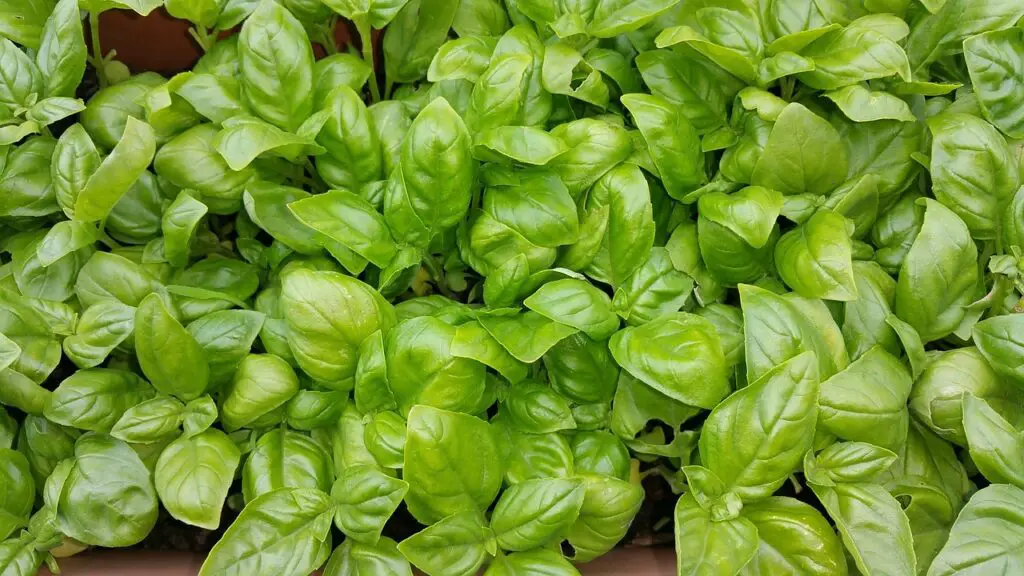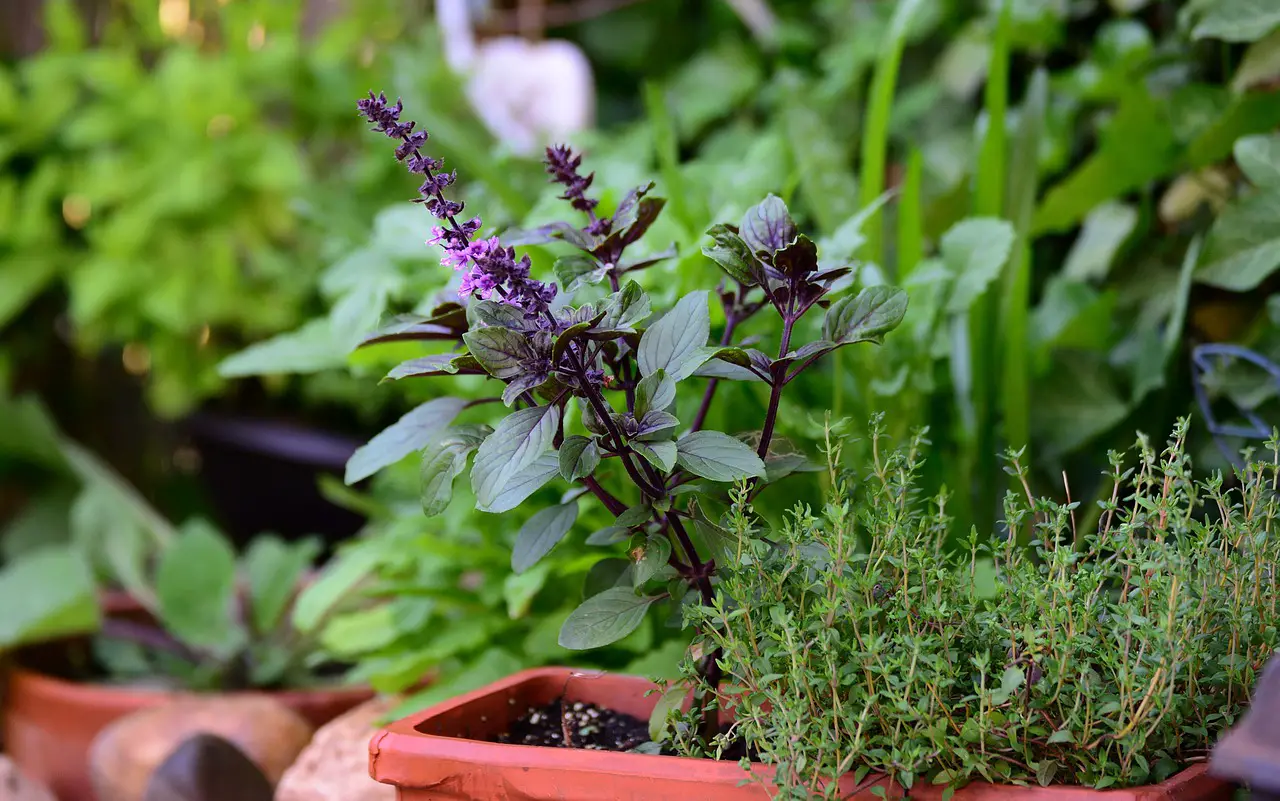
This post discusses how to save a woody basil stem, a procedure fraught with risk since it often involves the plant’s main stem. The only solution for a woody stem is to cut it, allowing new, tender stems to emerge. However, cutting the main stem carries a risk as it serves as the plant’s backbone. We will explore how to undertake this delicate task and the necessary precautions to consider.
Saving A Woody Basil Stem
Having your basil develop woody stems isn’t necessarily a bad sign; it often indicates that the plant has matured over a long growing season. Generally, we view woody stems as a sign of a robust plant, capable of withstanding more aggressive pruning or cutting. However, if you prefer the classic green appearance and wish to encourage new growth, you’ll need to trim the stem at the desired point. Cutting the stem usually results in the emergence of two new stems from the point of cut. For optimal growth direction, we recommend making the cut at a sharp angle. This encourages the new stems to grow upwards right from the start, rather than first growing diagonally. This method not only promotes a more visually appealing upright growth but also contributes to a healthier, more manageable plant.
What To Do With Woody Basil Stems
Watering plays a crucial role as basil thrives in consistently moist soil throughout its growing season. Given that your basil has developed woody stems, it’s clear you’ve maintained good conditions for its growth, which should continue without issue.
To sum up our discussion, pruning is generally beneficial for basil, though caution is advised with woody stems, as it can significantly slow the plant’s growth. If you decide to prune woody stems, ensure the soil has been well-maintained prior to this intervention. Proper soil moisture and overall care are key to recovering and encouraging healthy new growth in your basil plant.
Can Basil Grow Into A Tree
Basil, a beloved culinary herb, is known for its lush, aromatic leaves, but it cannot grow into a tree. This annual or sometimes perennial plant belongs to the mint family and typically grows to a height of about 1 to 2 feet. Unlike trees, basil plants have soft, green stems that are not woody and do not develop the thick, hard bark characteristic of tree trunks. While some basil varieties can become quite bushy with proper pruning and care, they will never achieve the size or form of a tree. To maintain its bushy appearance and encourage leaf production, regular pruning is recommended, but the life cycle of basil naturally limits its growth to a smaller, herbaceous plant form.

